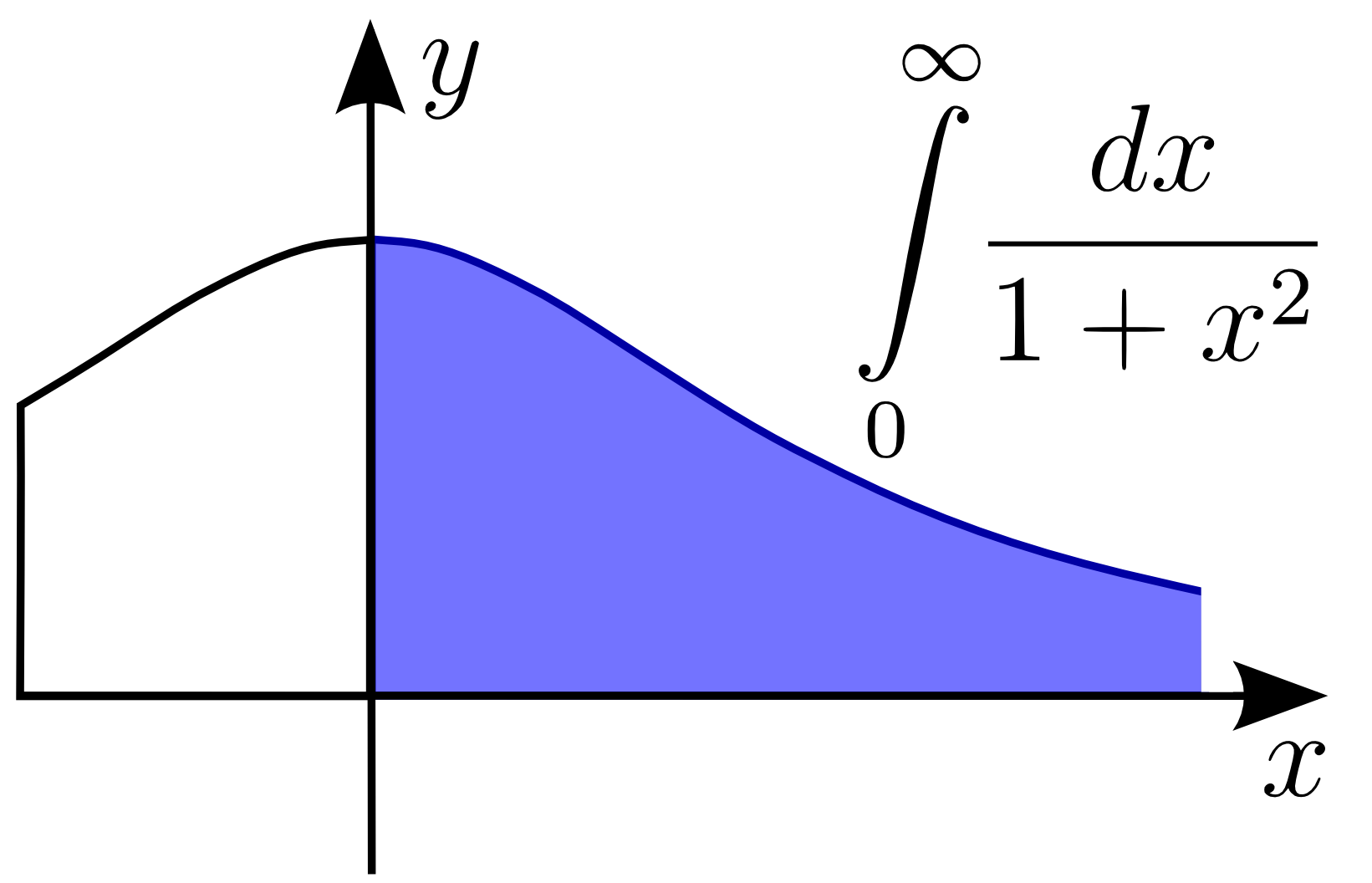
In
mathematical analysis
Analysis is the branch of mathematics dealing with continuous functions, limit (mathematics), limits, and related theories, such as Derivative, differentiation, Integral, integration, measure (mathematics), measure, infinite sequences, series ( ...
, an improper integral is an extension of the notion of a
definite integral
In mathematics, an integral is the continuous analog of a sum, which is used to calculate areas, volumes, and their generalizations. Integration, the process of computing an integral, is one of the two fundamental operations of calculus,Int ...
to cases that violate the usual assumptions for that kind of integral.
In the context of
Riemann integral
In the branch of mathematics known as real analysis, the Riemann integral, created by Bernhard Riemann, was the first rigorous definition of the integral of a function on an interval. It was presented to the faculty at the University of Gö ...
s (or, equivalently,
Darboux integral
In real analysis, the Darboux integral is constructed using Darboux sums and is one possible definition of the integral of a function. Darboux integrals are equivalent to Riemann integrals, meaning that a function is Darboux-integrable if and onl ...
s), this typically involves unboundedness, either of the set over which the integral is taken or of the integrand (the function being integrated), or both. It may also involve bounded but not closed sets or bounded but not
continuous function
In mathematics, a continuous function is a function such that a small variation of the argument induces a small variation of the value of the function. This implies there are no abrupt changes in value, known as '' discontinuities''. More preci ...
s. While an improper integral is typically written symbolically just like a standard definite integral, it actually represents a
limit of a definite integral or a sum of such limits; thus improper integrals are said to converge or diverge.
If a regular definite integral (which may
retronym
A retronym is a newer name for something that differentiates it from something else that is newer, similar, or seen in everyday life; thus, avoiding confusion between the two.
Etymology
The term ''retronym'', a neologism composed of the combi ...
ically be called a proper integral) is worked out as if it is improper, the same answer will result.
In the simplest case of a real-valued function of a single variable integrated in the sense of Riemann (or Darboux) over a single interval, improper integrals may be in any of the following forms:
#
#
#
#
, where
is undefined or discontinuous somewhere on
 In
In
 In
In